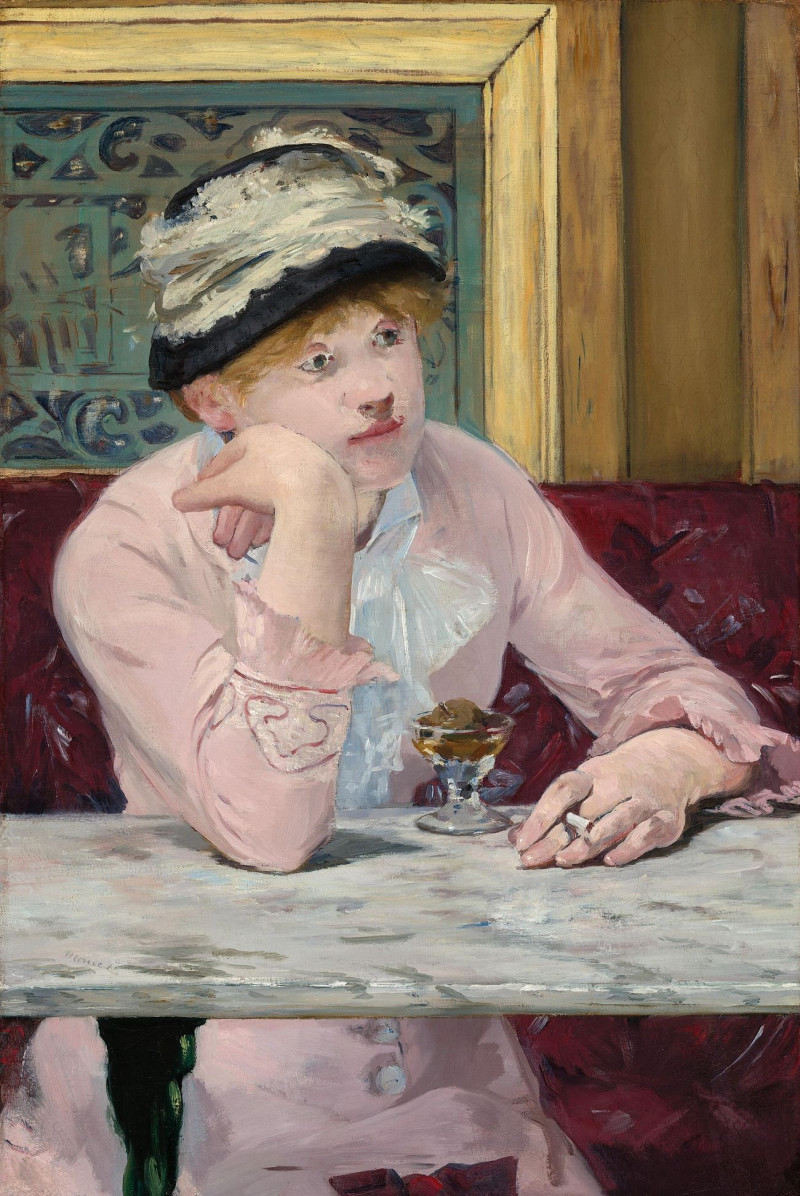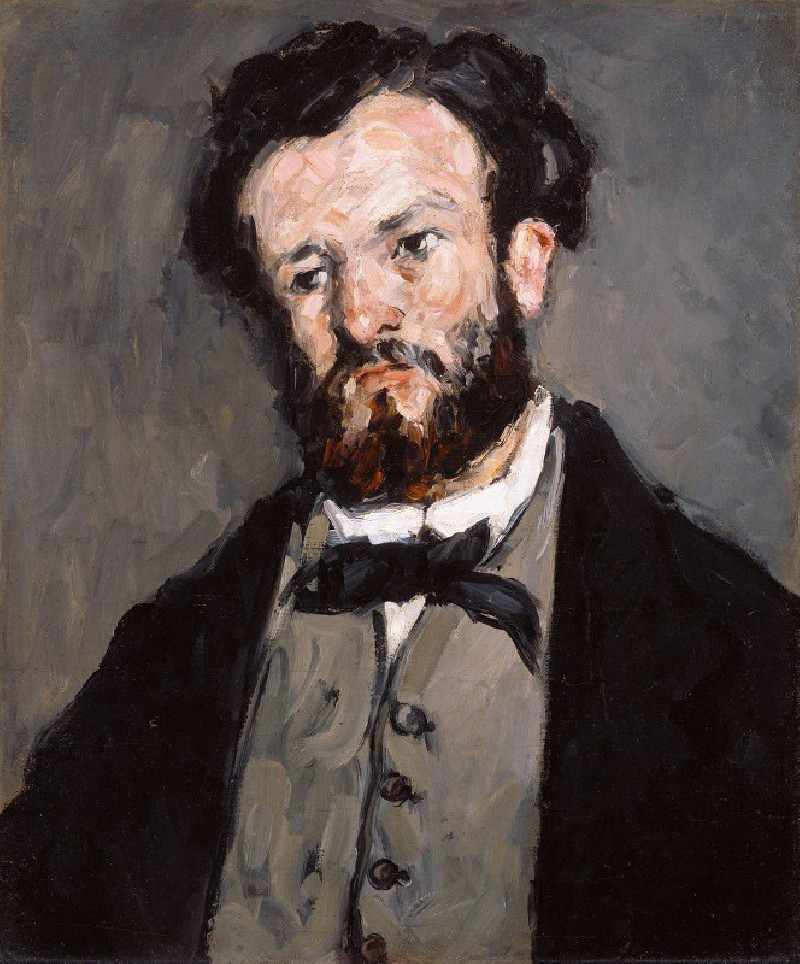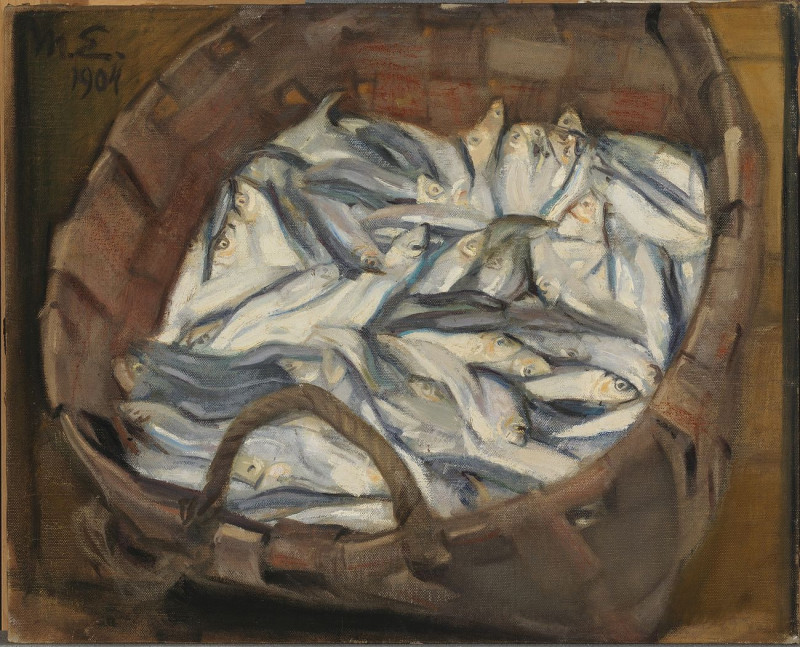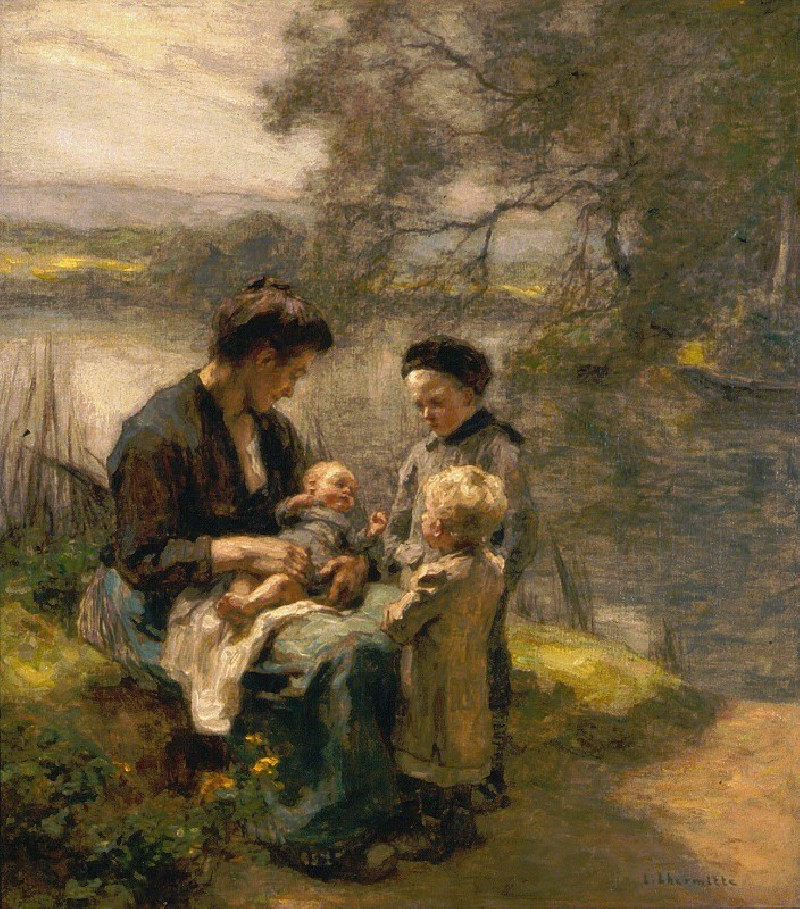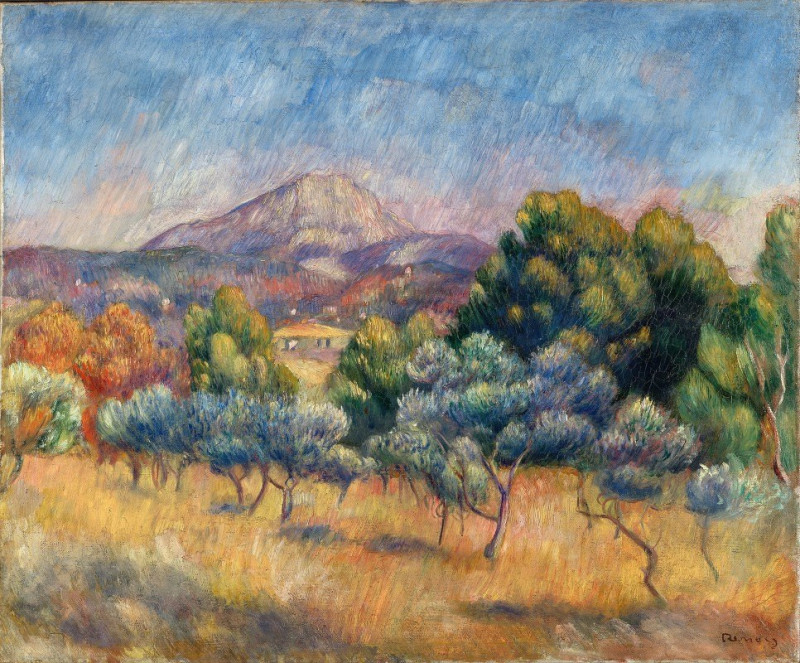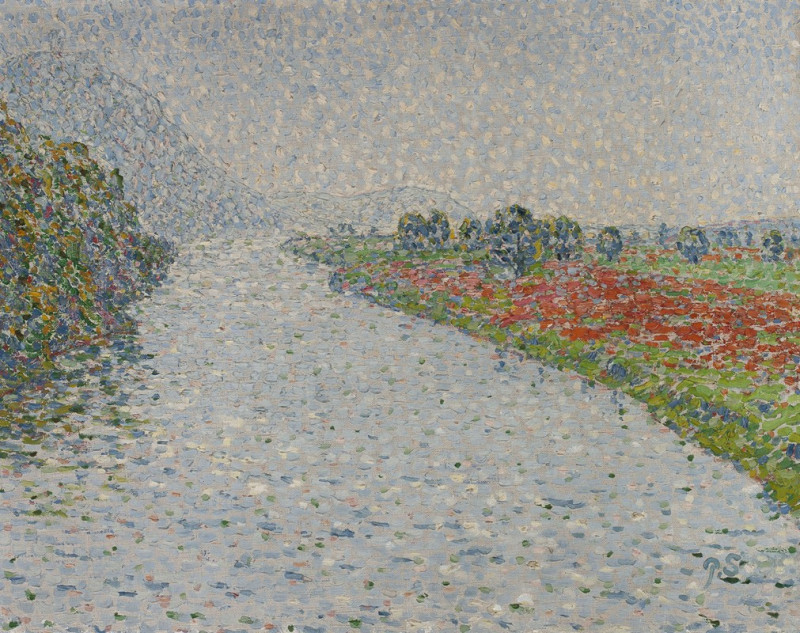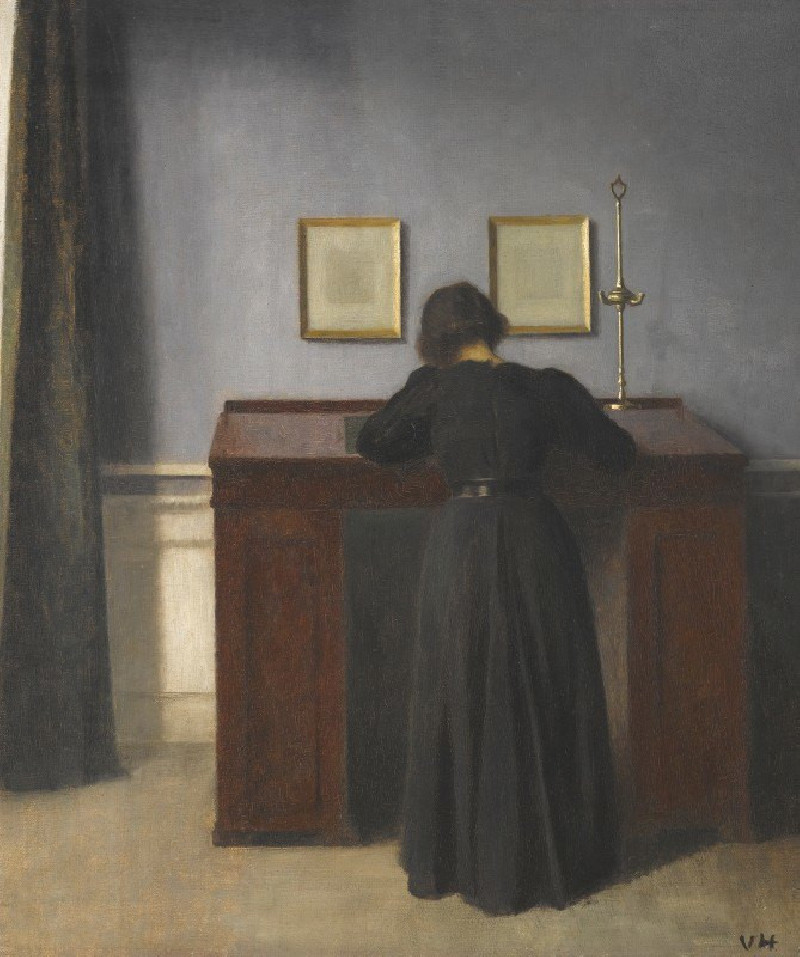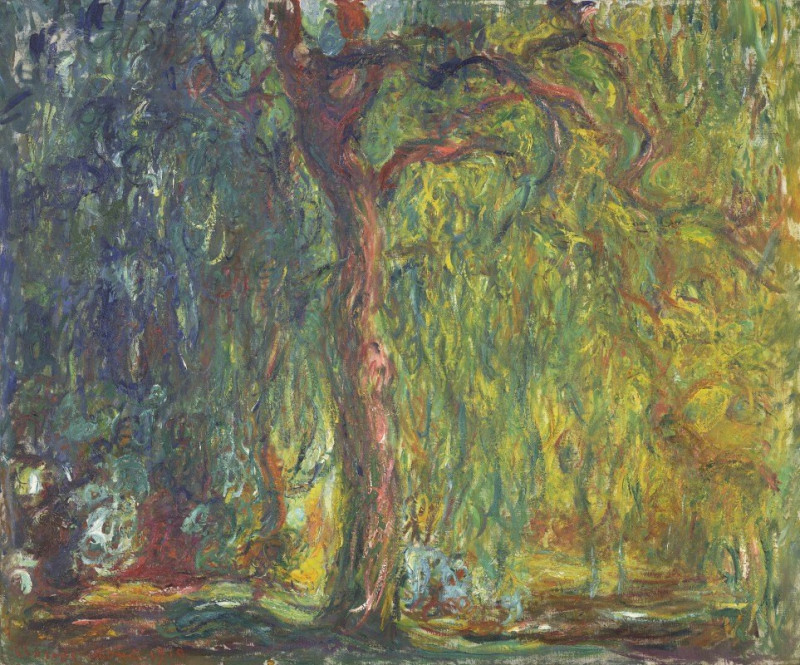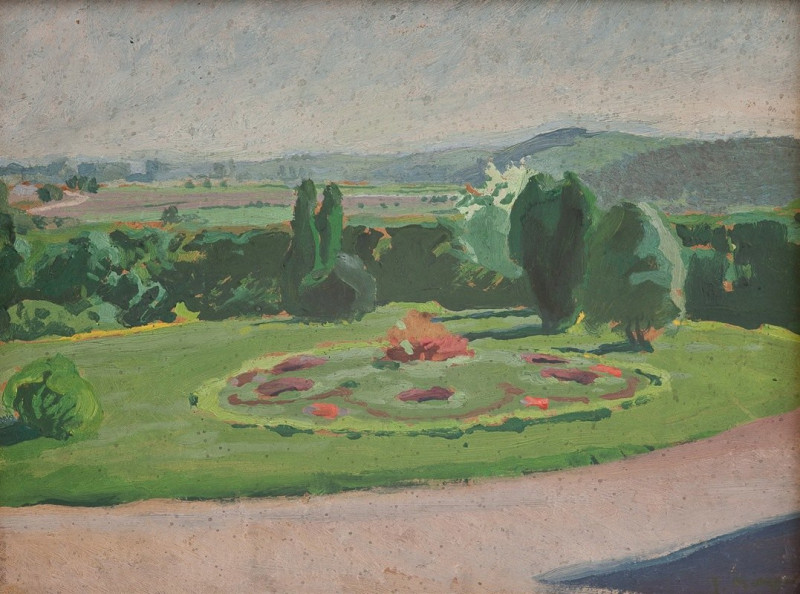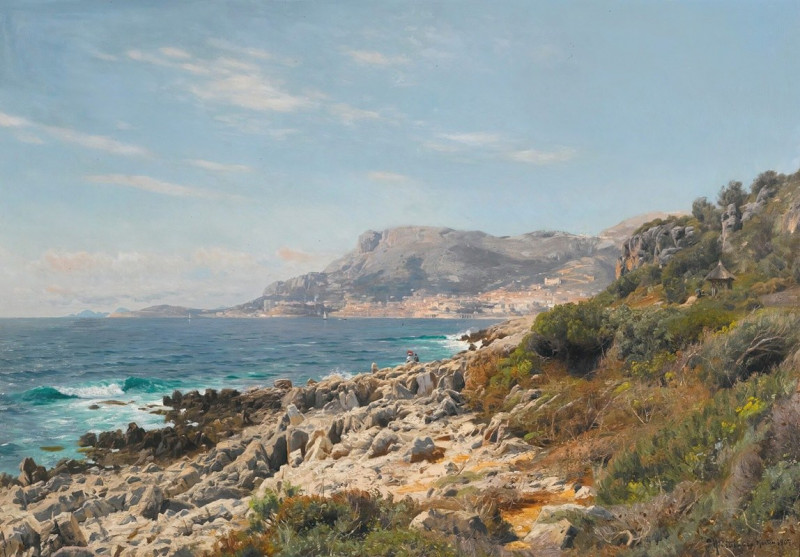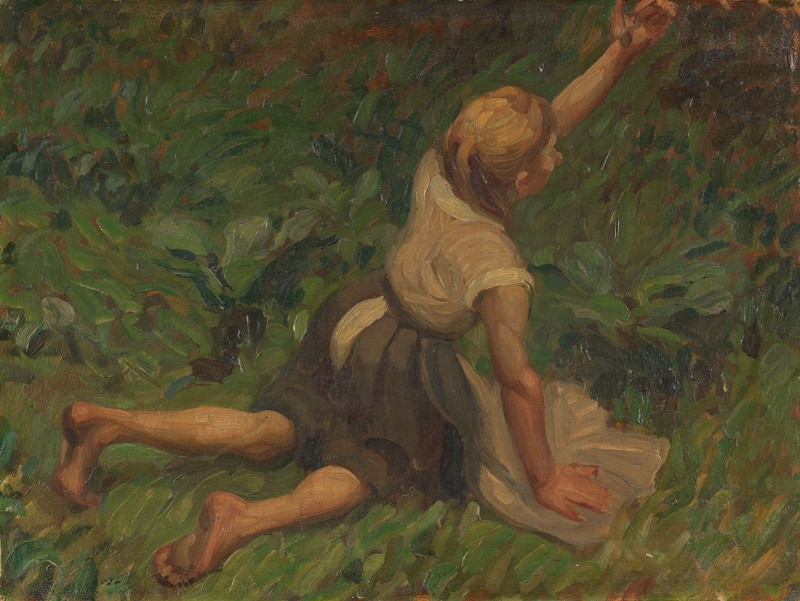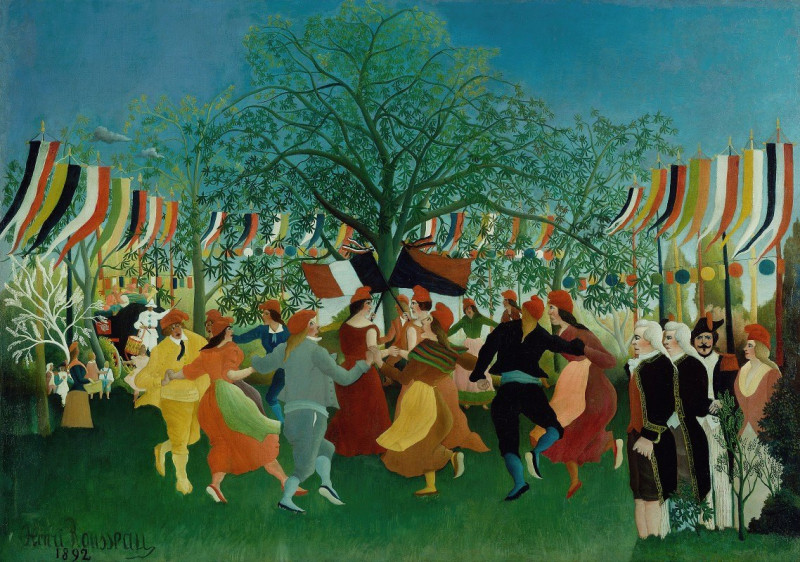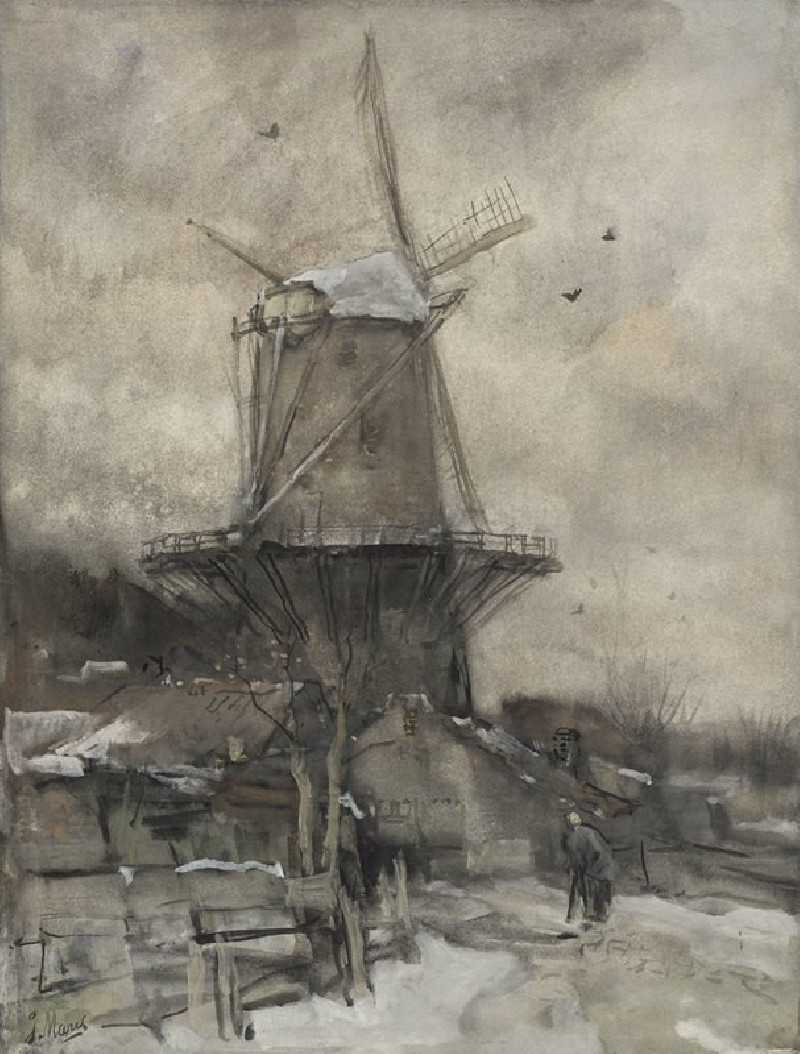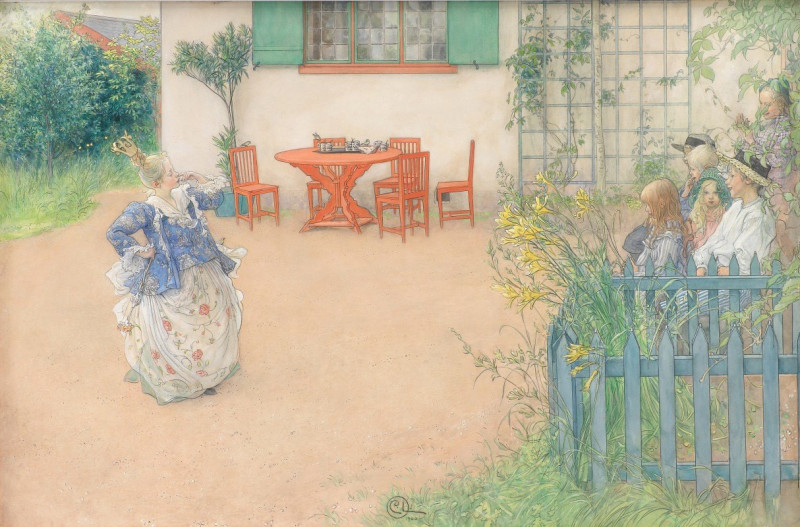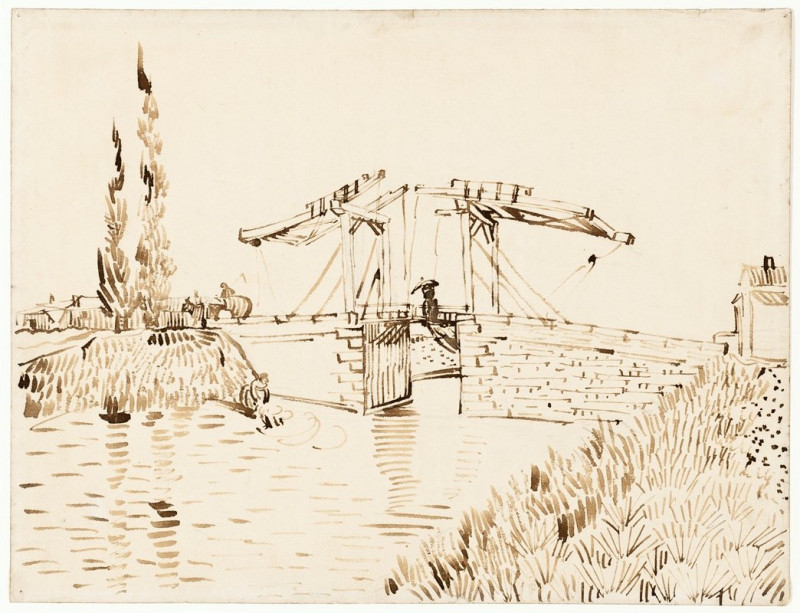Plum Brandy
Technique: Giclée quality print
Recommended by our customers
More about this artwork
"Plum Brandy" by Édouard Manet is a compelling and evocatively painted work that captures a moment of solitary reflection. In this painting, a young woman is seated at a table, depicted in an interior that suggests a café or a similar public space. She is casually dressed in a fashionable outfit that includes a light-pink blouse and a dark hat adorned with swathes of white, which add a dynamic visual element to the composition.The woman's pose is introspective, with her elbow resting on the table and her chin supported by her hand, suggesting a moment of deep thought or detachment. Her facial expression, painted with Manet's characteristic swift and confident brushstrokes, conveys a sense of melancholy or possibly boredom. The look in her eyes is distant, as though her thoughts are elsewhere.Next to her hand is a small glass of plum brandy, which lends the painting its title. The presence of the drink could be symbolic of seeking solace or temporary escape. The attention to detail in the translucency of the glass and the liquid's subtle reflection contribute to the overall realism and narrative depth of the scene.Compositionally, Manet uses a restrained color palette dominated by shades of pink, white, and the burgundy of the upholstered seats, which contrasts with the muted background tones. The setting is simplified, with a minimal depiction of the café's interior that serves to focus attention on the central figure.
Delivery
Returns
Édouard Manet (1832–1883) was a French modernist painter and one of the first 19th century artists to paint modern life. His impressionist style is characterized by relatively small and thin brushstrokes that create emphasis on light depiction. Manet was one of the key artists in the transition from realism to impressionism, along with Claude Monet, Edgar Degas, and Pierre-Auguste Renoir. However, he resisted involvement in any one specific style of painting, and only presented his work to the Salon of Paris instead of impressionist exhibitions. His early masterworks, The Luncheon on the Grass and Olympia, created great controversy and served as a rallying point for other young painters.

